Wise Use
Case Study
Ecological Water Quality Testing, Habitat Conservation, Environmental Education, Hydrological Investigation, and Analysis Plan for Wuweigang Waterbird Refuge (National Level) for the Fiscal Year 2021-2022
Date:2023/09/14
Number of Visitors186
Project Title: Ecological Water Quality Testing, Habitat Conservation, Environmental Education, Hydrological Investigation, and Analysis Plan for Wuweigang Waterbird Refuge (National Level) for the Fiscal Year 2021-2022
Project Executive Agency: Yilan County Government
Project Executive Team: Taiwan Wetland Society
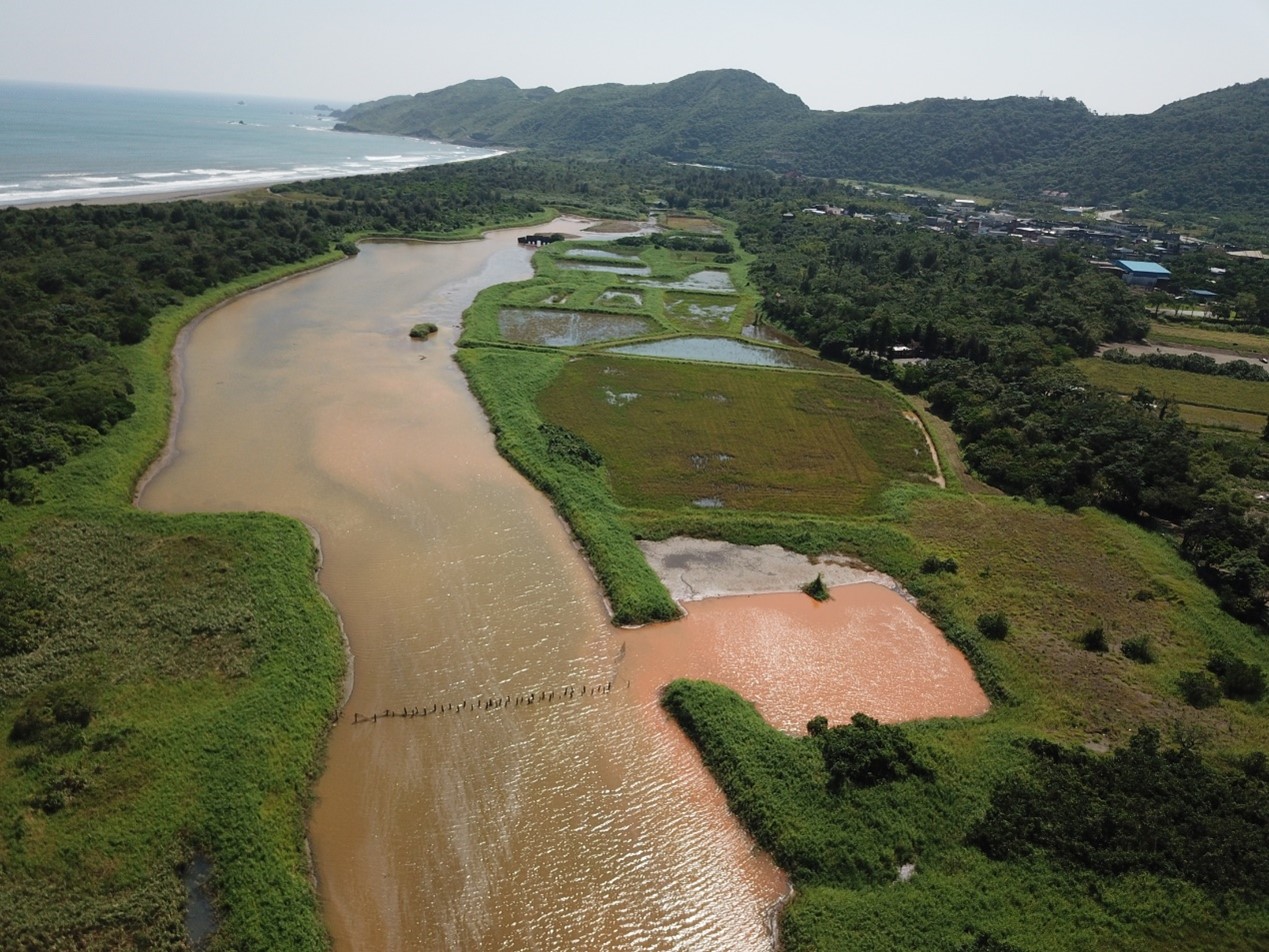
Aerial photograph of Wuweigang Waterbird Refuge
Features of wetlands:
As a nationally recognized wetland, the Wuweigang Waterbird Refuge encompasses various habitat types, including river-mouth sandbars, estuarine waters, enclosed ponds, coastal intertidal zones, coastal protection forests, nearshore areas, and ecological parks, exhibiting comprehensive coverages and functions.
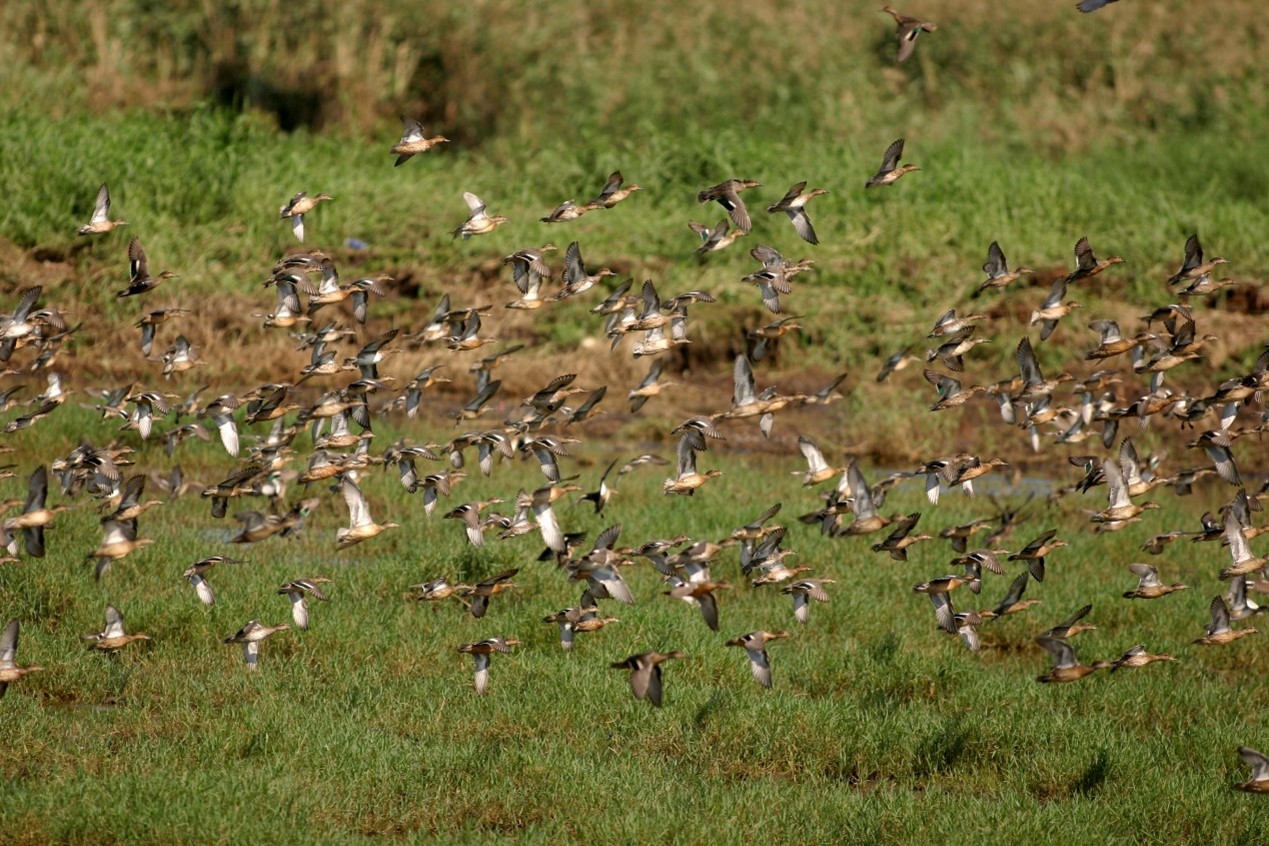
Small waterfowls in Wuweigang Waterbird Refuge
Project results and contents:
Through ecological water quality testing and habitat conservation, this project aims to restore the ecological system of the Wuweigang Waterbird Refuge. Additionally, we also seek to collaborate with local community organizations and promote environmental education to collectively preserve the ecological environment of the wetlands.
1. The bird survey recorded a total of 83 bird species from 31 families, including 46 species of waterbirds and 37 species of land-birds. Statistically, waterbirds accounted for 81.6% while land-birds accounted for 18.4% within the Wuweigang Waterbird Refuge. The bird population within the refuge constituted 72.5% of the total population, while the bird population outside the refuge constituted 29% of the total population. Therefore, waterbirds are the dominant avian resource in both the wetland area and its surroundings. Among the waterbird species within the Wuweigang Waterbird Refuge, Anatidae (ducks and geese) accounted for the highest proportion (59.5%), followed by cormorants (10.9%) and herons (5.0%). The family Scolopacidae represented 5.5% of the waterbird composition, indicating that Anatidae remains the most dominant waterbird species and an important ecological feature of the Wuweigang Waterbird Refuge.
2. The fish sampling survey was conducted by local volunteers. The fish abundance was relatively low during the first and second quarters, while in the fourth quarter (summer), both the diversity and abundance of fish species were higher, with various shrimp and crab species captured in the fishing nets. Throughout the four seasons, the survey recorded a total of seven species from five classes and three phyla of large benthic organisms. The number of large benthic organisms recorded per station in each season did not exceed three species, indicating a monotonous species composition.
3. On January 8th, 2022, during the winter migratory bird season, a large bird-watching event was organized as part of this project. The event, titled "Discovering the Beauty of Wuweigang Waterbird Refuge," featured bird-watching guides providing explanations and insights to the visitors. In addition, volunteers led students (primarily from Yue Ming Elementary and Junior High School in Yilan) in the education of eco-friendly farming practices in paddies 7 and 8, where they cultivated water chestnuts and lotus flowers.
4. It is recommended to consider winter migratory waterbirds from the Anatidae family (small waterfowl), cormorants, and the Hsin Cheng Estuary Little Tern as indicator species for the significant ecological resources of the Wuweigang Waterbird Refuge. In terms of social resources, there is abundant support from NGOs and volunteers in the vicinity of the important wetland. Moreover, it is also a key development project for environmental education at Yue Ming Elementary and Junior High School. In conclusion, the Wuweigang Waterbird Refuge Education Center is gradually fulfilling its role and greatly contributing to the promotion of environmental education.
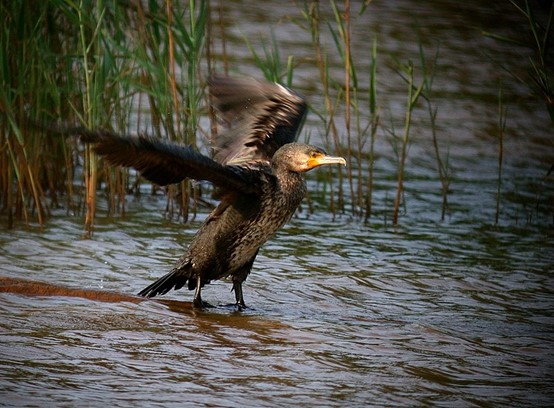
Cormorant in Wuweigang Waterbird Refuge
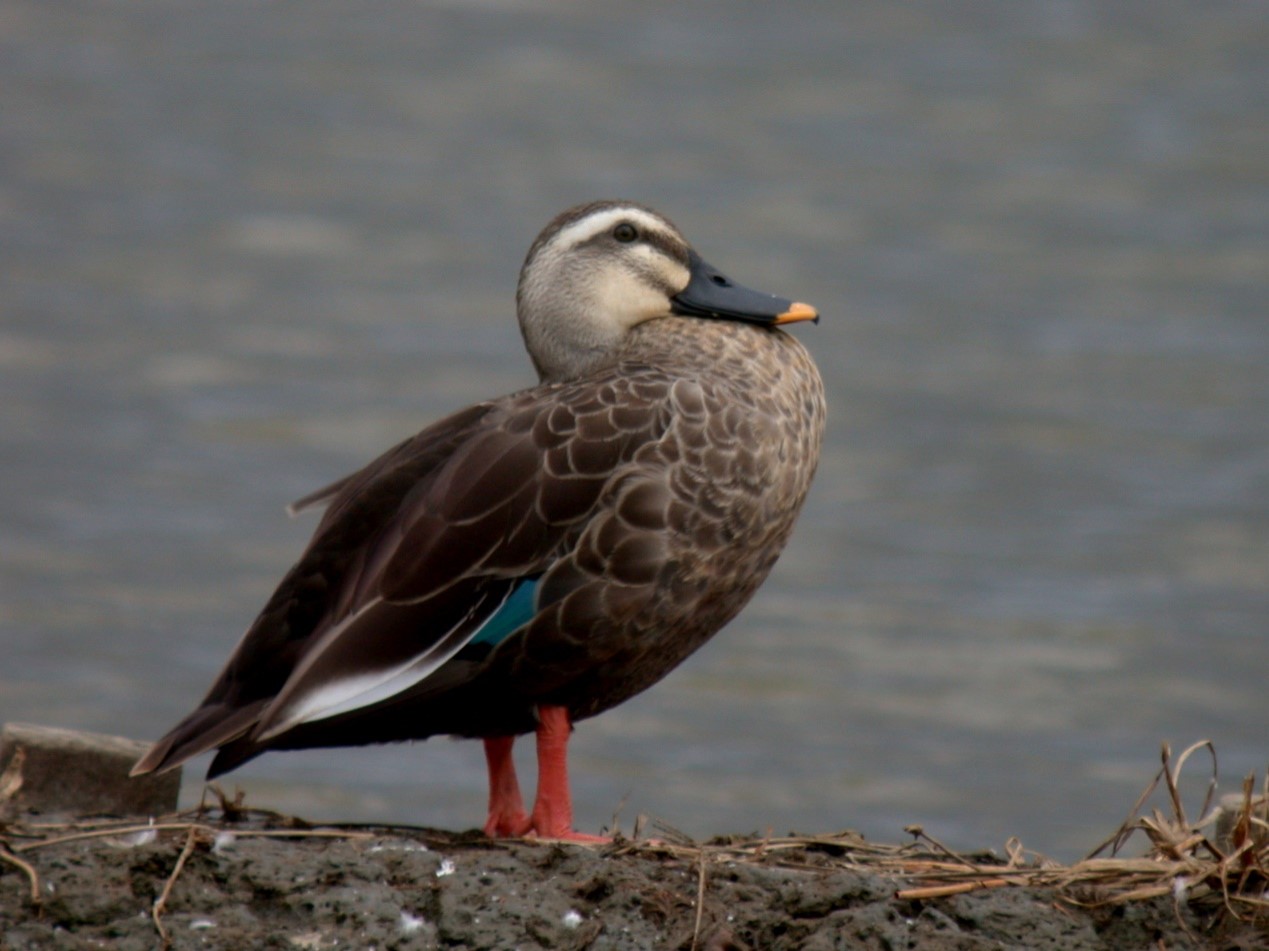
Eastern Spot-Billed Duck in Wuweigang Waterbird Refuge
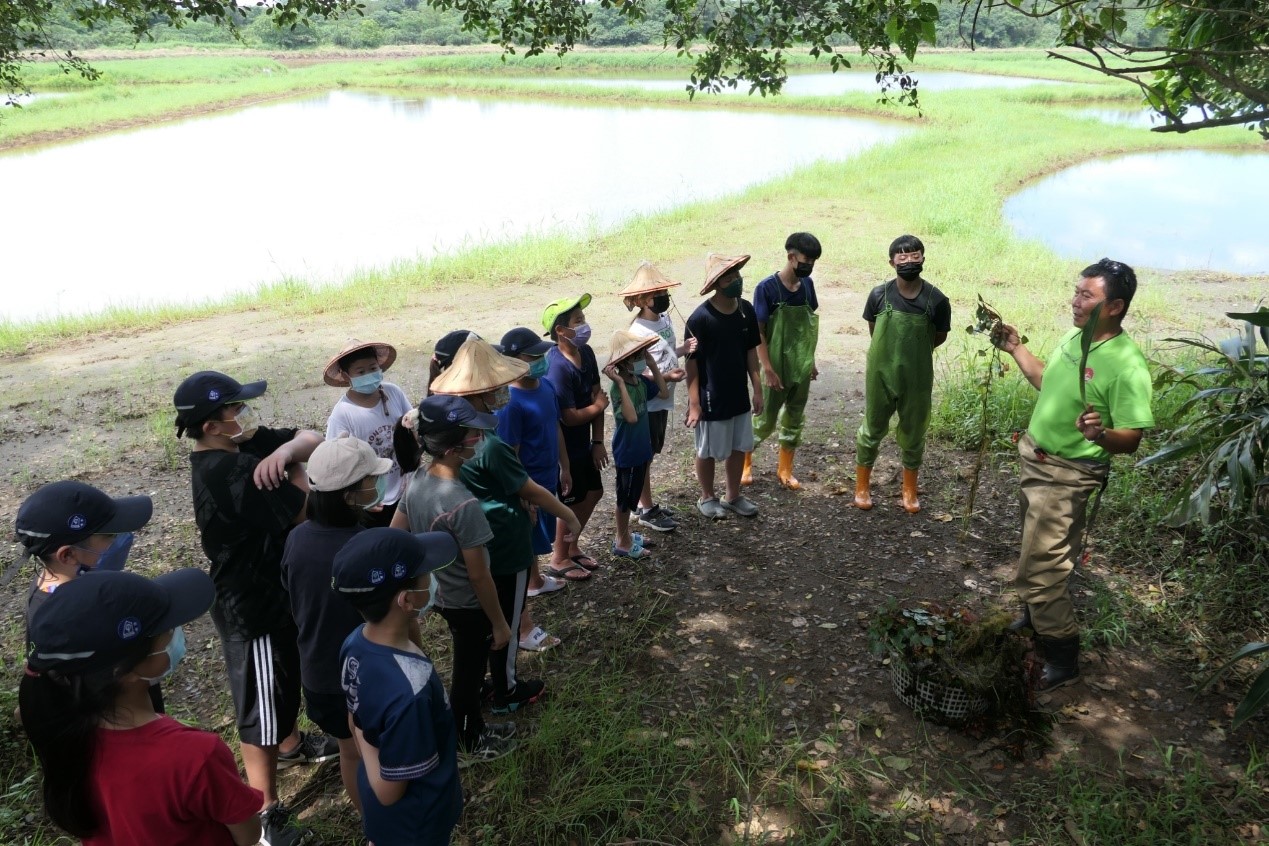
Students from Yue Ming Elementary and Junior High School in Yilan participating in wetland environmental education activities.
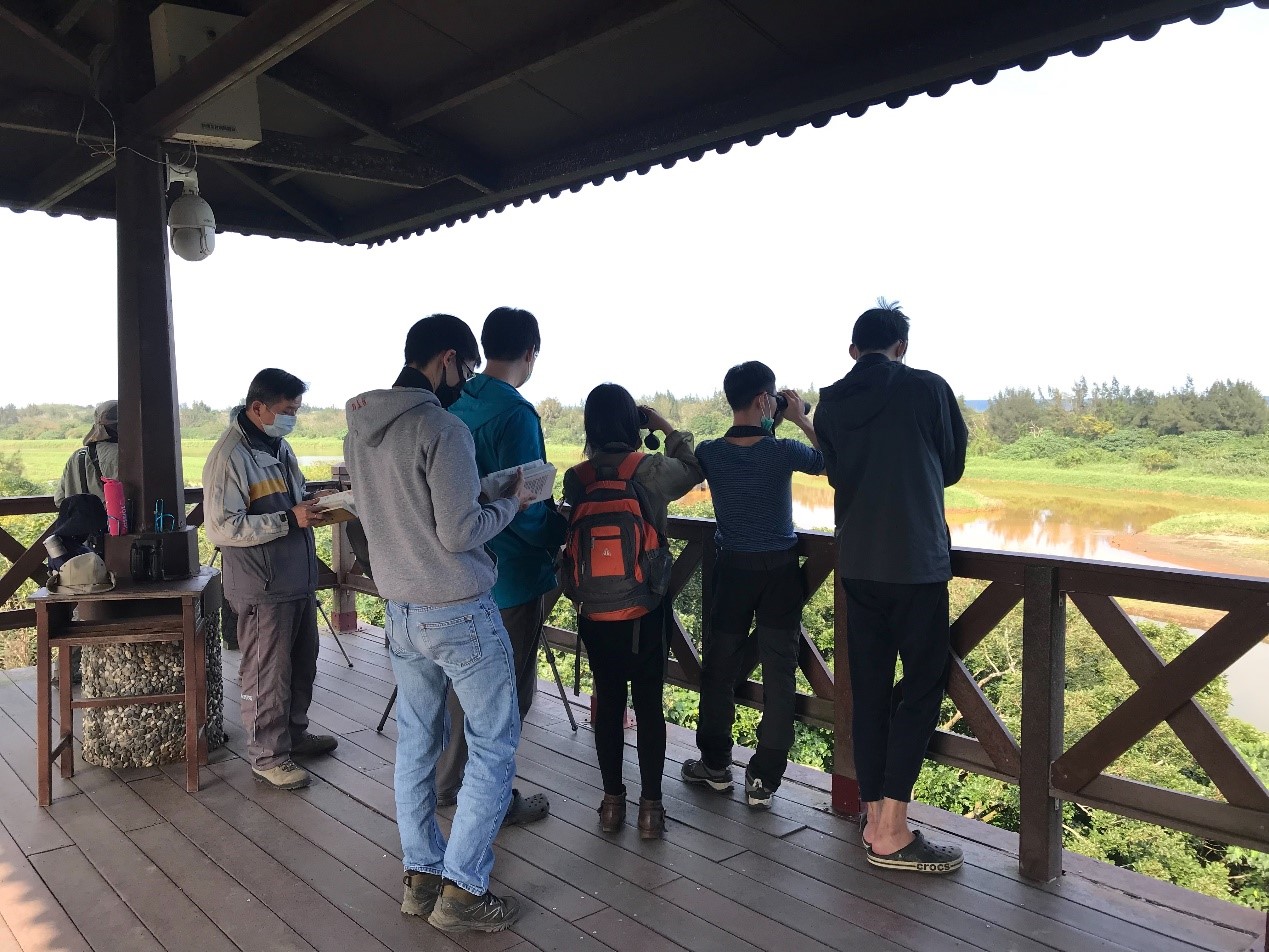
Bird-watching activities in Wuweigang Waterbird Refuge
